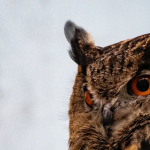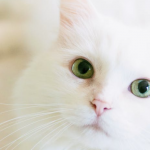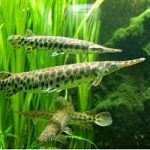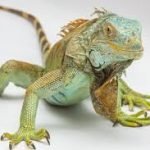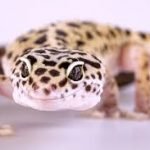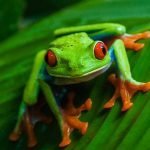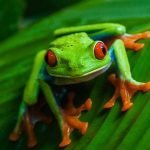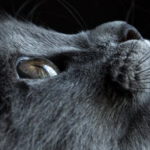Pet Reptiles and Amphibians: A Guide to Caring for Your Cold-Blooded Companions
Pet reptiles and amphibians are becoming increasingly popular as pets among animal enthusiasts. These exotic creatures offer a unique and fascinating experience for their owners. However, owning a pet reptile or amphibian requires a significant amount of research and care to ensure their health and well-being.

Reptiles and amphibians come in a variety of species, each with its own unique characteristics and requirements. Some of the most popular pet reptiles include bearded dragons, geckos, and snakes, while popular pet amphibians include frogs, toads, and salamanders. While these pets can be rewarding to own, they require specialized care and attention, such as specific diets, temperature and humidity control, and appropriate housing.
For those considering owning a pet reptile or amphibian, it is important to do extensive research and consult with experts in the field. With proper care and attention, these fascinating creatures can make wonderful pets and provide their owners with a unique and rewarding experience.
Choosing the Right Reptile or Amphibian
Species Overview
Choosing the right reptile or amphibian can be a daunting task, as there are many species to choose from. It is important to research the different species and their specific needs before making a decision. Some popular pet reptiles include bearded dragons, leopard geckos, and ball pythons, while popular pet amphibians include red-eyed tree frogs and axolotls.
Habitat Requirements
Once a species has been chosen, it is important to provide them with the proper habitat. This includes a suitable enclosure size, lighting, heating, substrate, and decorations. Different species have different requirements, so it is important to research their specific needs. For example, bearded dragons require a basking spot with a temperature of 100-110°F, while red-eyed tree frogs require a humidity level of 50-80%.
Lifespan and Growth
Another important factor to consider when choosing a pet reptile or amphibian is their lifespan and growth. Some species can live for decades, while others only live a few years. It is important to consider this when making a long-term commitment to a pet. Additionally, some species can grow quite large, while others remain relatively small. It is important to consider the potential size of the animal when choosing a suitable enclosure.
Overall, choosing the right reptile or amphibian requires careful research and consideration of the species’ specific needs. By providing the proper habitat and care, these pets can make wonderful and fascinating companions for years to come.
Setting Up a Healthy Habitat
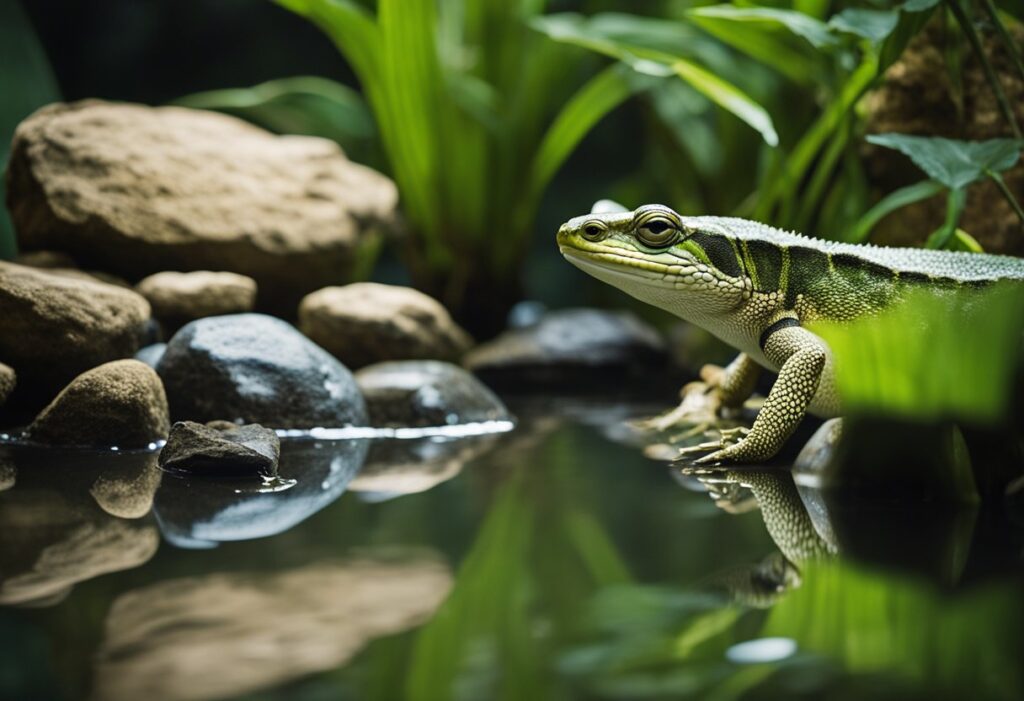
Enclosure Types
When it comes to setting up a healthy habitat for pet reptiles and amphibians, choosing the right enclosure is crucial. The enclosure should be large enough for the animal to move around comfortably and provide enough space for any necessary equipment. Common types of enclosures include glass terrariums, plastic tubs, and custom-built enclosures.
Temperature and Humidity Control
Temperature and humidity control are critical factors in maintaining the health and well-being of reptiles and amphibians in captivity. These cold-blooded creatures depend on external heat sources to maintain their body temperature and need particular temperature gradients in their habitats to facilitate crucial physiological processes like digestion, metabolism, and immune response. Additionally, maintaining appropriate humidity levels is essential for ensuring proper hydration, shedding, and respiratory health. Reptiles and amphibians have diverse temperature and humidity requirements based on their species and natural habitat, so it’s crucial for owners to research and replicate these conditions as closely as possible in their enclosures. Utilizing heat sources such as heat lamps, heat mats, or ceramic heat emitters, along with hygrometers and misting systems, enables owners to create and maintain optimal thermal and humidity environments for their ectothermic pets, promoting their overall health and vitality.
Lighting and UVB Needs
Many reptiles and amphibians require specific lighting and UVB exposure to maintain their health. UVB lighting is necessary for the synthesis of vitamin D3, which is essential for calcium metabolism and overall health. The amount of UVB exposure required varies by species, so it is important to research the specific needs of the animal.
In addition to UVB lighting, a heat lamp or ceramic heater may be necessary to provide additional heat. It is important to provide a photoperiod that mimics the animal’s natural environment, with a regular day/night cycle.
Overall, creating a healthy habitat for pet reptiles and amphibians requires careful consideration of enclosure type, temperature and humidity control, and lighting and UVB needs. By providing a suitable environment, owners can ensure the health and well-being of their pets.
Diet and Nutrition
Feeding Schedules
Pet reptiles and amphibians require a diet that is specific to their species. It is important to research the dietary needs of the particular species you are caring for to ensure that they are receiving the proper nutrients. Many reptiles and amphibians are carnivorous, while others are herbivorous or omnivorous.
Feeding schedules should also be tailored to the species. Some reptiles and amphibians require daily feedings, while others may only need to be fed once a week. It is important to monitor the weight and overall health of your pet to determine the appropriate feeding schedule.
Nutritional Supplements
In addition to a balanced diet, some reptiles and amphibians may require nutritional supplements to ensure they are receiving all of the necessary vitamins and minerals. Calcium supplements, for example, are often necessary for reptiles to maintain healthy bones and prevent metabolic bone disease.
It is important to consult with a veterinarian or experienced reptile and amphibian keeper to determine if your pet requires any additional supplements.
Common Dietary Issues
One common dietary issue in reptiles and amphibians is overfeeding. Overfeeding can lead to obesity and other health problems. It is important to monitor the amount of food your pet is consuming and adjust their feeding schedule accordingly.
Another issue is feeding the wrong type of food. Some reptiles and amphibians require live prey, while others may be fed a diet of fruits and vegetables. Feeding the wrong type of food can lead to nutritional deficiencies and other health problems.
Overall, providing a balanced diet and monitoring feeding schedules and nutritional supplements are crucial for the health and well-being of pet reptiles and amphibians.
Health and Wellness
Recognizing Illness
Pet reptiles and amphibians are susceptible to various illnesses and diseases. It is essential for pet owners to be aware of the signs of illness in their pets. Some common symptoms of illness in reptiles and amphibians include lethargy, loss of appetite, weight loss, abnormal behavior, and breathing difficulties. These symptoms can indicate a range of illnesses, including respiratory infections, parasitic infections, and metabolic bone disease.
It is important for pet owners to monitor their pet’s behavior and health regularly. If any abnormal symptoms are noticed, it is recommended to seek veterinary care immediately. Early detection and treatment can significantly improve the chances of recovery.
Routine Veterinary Care
Regular veterinary care is crucial to maintain the health and well-being of pet reptiles and amphibians. It is recommended to take your pet for a check-up at least once a year. During the check-up, the veterinarian will examine your pet’s overall health, check for any signs of illness, and provide recommendations for care.
In addition to routine check-ups, pet reptiles and amphibians may require specialized veterinary care. For example, some species require regular blood tests, and others may require dental cleanings or surgery.
Hygiene and Handling
Hygiene and handling are essential aspects of maintaining the health and well-being of pet reptiles and amphibians. Proper hygiene practices, such as regular cleaning of the enclosure and disinfecting any equipment used, can help prevent the spread of illness.
When handling pet reptiles and amphibians, it is important to ensure that your hands are clean and free from any harmful substances. Some species may require specific handling techniques to prevent injury or stress.
In summary, maintaining the health and wellness of pet reptiles and amphibians requires regular veterinary care, proper hygiene practices, and vigilant monitoring for signs of illness. By following these guidelines, pet owners can ensure that their pets remain healthy and happy.


